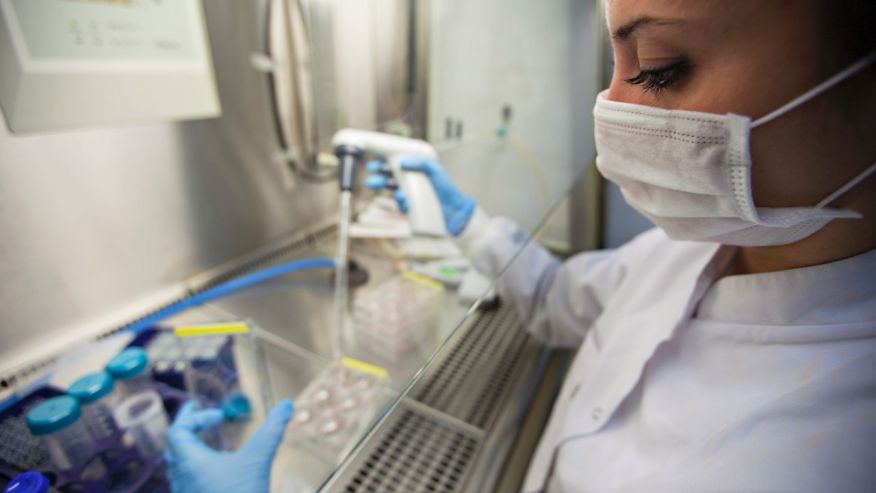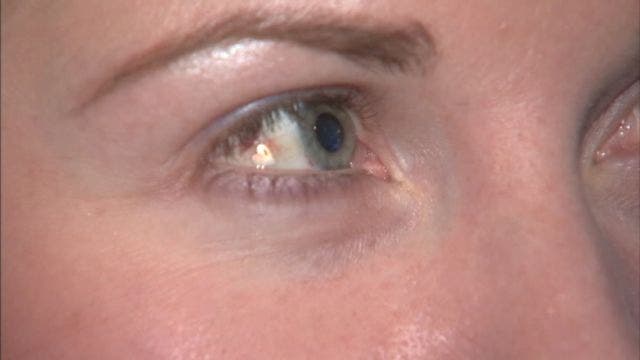Egg Timer Test proves unreliable guide to fertility

A popular fertility test designed to tell a woman how long she has left to fall pregnant is providing inaccurate and misleading results, creating a wave of panic among women in their 30s and 40s, Australia’s leading fertility expert, Dr Anne Clarke, said.
Dr Clarke, medical director of Fertility First in Sydney, said a recent British study, plus anecdotal evidence, had found the simple blood test, known as the Egg Timer Test, was unreliable and becoming discredited worldwide. ”I have big concerns about its accuracy,” she said. ”I’m seeing a lot of women turning up at my clinic in an incredibly distressed state and highly depressed because they’ve been told the test showed they had no chance of having a baby. It’s wrong and misleading.”
Among them was a 40-year-old Sydney woman who was told by her GP in April last year that the test, which measures the level of anti-mullerian hormone (AMH) in the blood, showed her ovarian reserve was dangerously low. Further analysis revealed she was very fertile and well within the normal range, Dr Clarke said.
The Egg Timer Test – which costs about $70 – was pioneered by Adelaide clinic Repromed in 2004, to measure the number of eggs a woman had and predict how many child-bearing years she had left. With thousands of women rushing to take the test, other companies entered the market, but Dr Kelton Tremellen, of Repromed, said they were not always reliable. ”[If it’s not done properly] one person’s blood test can be analyzed and get two vastly different results,” he said. Results could be compromised, for example, if a woman had been on the pill. Dr Clarke added that inaccurate readings also occurred when the blood was stored incorrectly or the hormone not analyzed immediately.
Asked if women should have the test, she said: ”I’m not sure of the value of the test. If I want to look at ovarian reserves, I do an antral follicle count with an ultrasound.”
The first reported study on the effectiveness of the Egg Timer Test was damning. The Manchester study, published last year, found significant variations in the results – up to 60 per cent.
Head researcher Dr Oybek Rustamov said the study, which looked at the results of 5000 women between 2008 and 2011, found ”commercial AMH or Egg Timer Tests provide erroneous results”.
Dr Clarke said research was increasingly discrediting and devaluing the test as a means of gauging a woman’s biological clock.
Cheriece Harper, 31, from Penrith, had the Egg Timer Test in 2011 and was left depressed when her doctor told her she had little chance of conceiving. Ms Harper consulted Dr Clarke, became pregnant via a sperm donor and gave birth to Bridie in October last year.
”I’m glad I had the test because it pushed me to make a decision and not delay motherhood, but if women get it done, they need to know it’s measuring egg quantity, not quality.”
Source: Sydney Morning Herald












 Cadila Pharmaceuticals has announced the launch of Mycidac-C, an affordable, unique and innovative drug for the treatment of lung cancer.
Cadila Pharmaceuticals has announced the launch of Mycidac-C, an affordable, unique and innovative drug for the treatment of lung cancer.
 Baby Roona, who had undergone a series of surgeries at a hospital here in few months ago for an oversized head, will undergo follow-up surgeries, doctors at a city hospital said on Saturday.
Baby Roona, who had undergone a series of surgeries at a hospital here in few months ago for an oversized head, will undergo follow-up surgeries, doctors at a city hospital said on Saturday.




 Pathfinder International, an international non-profit, provides technical, financial and managerial support to the Ethiopian government’s health programs.
Pathfinder International, an international non-profit, provides technical, financial and managerial support to the Ethiopian government’s health programs.